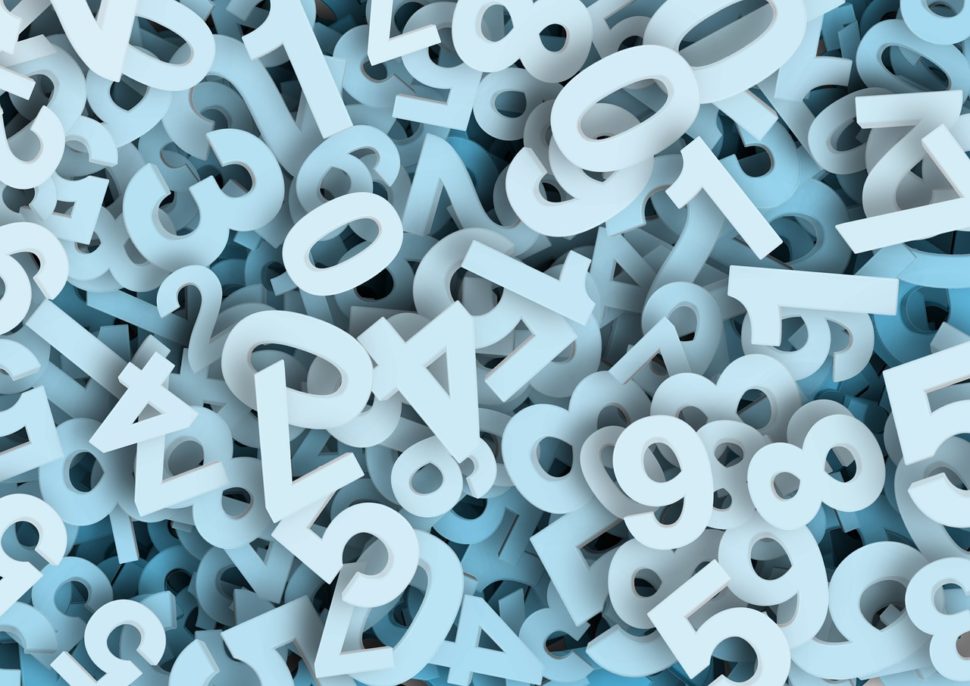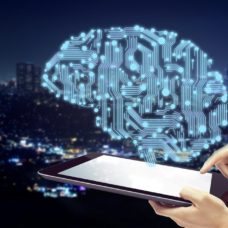While most humans may struggle with complex math equations, they all have an innate number sense that enabled us to build complex number-crunching machines.
This intuitive number sense isn’t exclusive to humans.
Some vertebrates, like chimps and birds, and even insects like the honeybees also possess the ability.
When it comes to estimating the number of visual items and understanding the abstract concept of zero, we’re looking at a small club of animals.
But now, the natural ability to make numeric judgments has spontaneously developed in artificial neural networks.
AI’s Innate Sense of Numbers
The human brain has a neuronal architecture with single-neuron mechanisms that allow the processing of numerical information.
Human babies and some animals don’t need training to develop the innate sense of numbers and their brains spontaneously respond to numerosity.
Artificial intelligence mimics organic brains to identify visual objects, which is the primary task deep neural networks do.
Hierarchical Convolutional Neural Networks (HCNN) are a class of biologically-inspired AI models that excel at computer vision. Emulating the human brain, HCNNs autonomously select individual features for each unit so that it specializes in a given task and maximizes its performance.
Researchers from the University of Tübingen in Germany tested a Hierarchical Convolutional Neural Networks to see whether it autonomously, without training, could develop numerosity selectivity.
Andreas Nieder, a neurobiology professor at Tübingen and senior author of the paper, explains the goal of their experiment.
“We were trying to simulate the workings of the visual system of our brain by building a deep-learning network, an artificial neural network. The big question was, how is it possible that our brain and the brain of animals can spontaneously represent the number of items in a visual scene?”
Read More: Tesla Deep Learning: How to Create the Perfect Autonomous Car
Nieder’s team initially trained the HCNN to classify objects in natural images using a 1.2 million-image dataset containing 1,000 different categories. Not only was the deep neural system able to identify a dog or a spider but to tell their different breeds apart with high precision.
Next, researchers showed their system images containing just white dots on a black background in patterns that represent the numbers from one to 30. Even if the AI software wasn’t trained on numbers or was asked to identify quantity differences, eventually spontaneous sensitivity to numbers emerged in the system. It classified each image according to the number of dots.
“This was very exciting for us to see because these are exactly the types of responses that we see in real neurons in the brain,” says professor Nieder. “This could be an explanation that the wiring of our brain, of our visual system at the very least, can give rise to representing the number of objects in a scene spontaneously.”



















Comments (0)
Most Recent